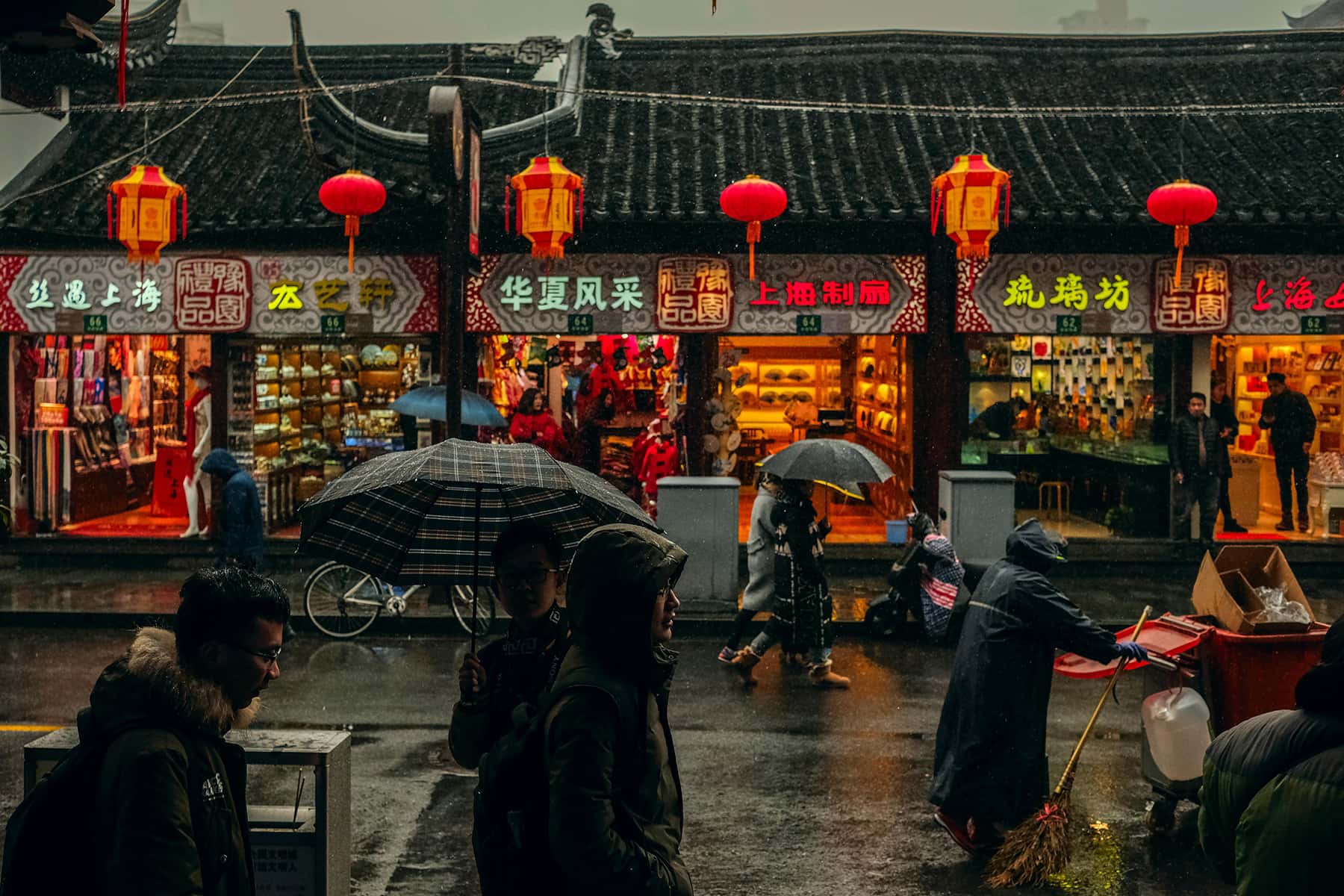
By Amitrajeet A. Batabyal, Arthur J. Gosnell Professor of Economics, Rochester Institute of Technology
China’s large and impressive accomplishments over the past four decades have spurred scholars and politicians to debate whether the decline of the West – including the United States – as the world’s dominant political and economic force is inevitable amid the seemingly inexorable rise of the East.
The COVID-19 virus hit China first and hard, stalling its rapid economic growth for the first time since the Great Recession. But China’s economy grew by a blistering 18.3% in the first quarter of 2021 compared to 2020, keeping it solidly in place as the world’s second-largest economy. Many now believe that China, rather than the U.S., may drive the global recovery from the pandemic.
It is not yet clear that this current rebound means China has regained its former growth rate. But if it does, I believe it will set off a global contest over which form of government will have a dominant influence over global affairs in coming decades: Western-style democracy or China’s brand of authoritarianism.
My research and that of others examines two questions: Will China solve the biggest challenges to maintaining its four-decade growth rate of 7%-8% annually, which has propelled its rising global power? And, if China does succeed in sustaining this pace, will this be a benefit to the rest of the world?
The ‘middle-income trap’
In 1978, Deng Xiaoping initiated transformative reforms that opened China up to the international community and foreign investment. In 2001, China joined the World Trade Organization and became an enthusiastic participant in global markets and value chains. As a result of these and other economic policies, China has succeeded in rapidly progressing from a low-income to a middle-income nation.
Put another way, globalization has certainly benefited China in many ways up to now. After generations of endemic poverty, hundreds of millions of Chinese citizens have seen wage increases leading to higher disposable income. Now, after paying for basic necessities, they have extra money to save or spend on consumer products such as trendy clothing or tech gadgets.
The gains are now spreading beyond urban centers, with the number of citizens who are both rural and poor in dramatic decline, dropping by 12.89 million between 2016 and 2017 alone. Rural consumer spending is on the rise. As increased agricultural output attenuates fears of famine, daily life in rural communities is improving, while the expansion of nonagricultural rural industries offers them alternative sources of income.
This growing material comfort has led to rising happiness about living in China. Even so, once a country like China achieves middle-income status, it can become trapped: unable to compete with other nations either in the knowledge economy – typically the province of high-income nations – or in the low-wage economy it has left behind.
In an influential study of this “middle-income trap” for a number of countries, the World Bank found that of 101 nations that were middle-income in 1960, only 13 had made it to high-income status by 2008. Partly this was because of what some call a “low productivity equilibrium,” with a relatively small fraction of the overall workforce employed in high-skill jobs such as medical care providers, engineers or managers, rather than low-skill jobs such as farm workers, factory laborers, or retail clerks and cashiers. The remaining 88 countries were either poorer or seemingly stuck in middle-income status.
In addition, many small and large manufacturing companies are responding to China’s rising wages by shifting their operations to countries with lower labor costs, such as India and Vietnam. Forty thousand factories shut down across China every year, eliminating jobs in droves. This means that China has milked low-skilled manufacturing for all its worth, and needs new policies to sustain growth.
China’s education challenge
The world is increasingly divided into two categories: countries that are well-educated and those that aren’t. Since the end of World War II, industrializing nations that have also invested substantially in improving the quality of their high schools, vocational schools and universities have largely avoided the middle-income trap and progressed to high-income status.
In Singapore, for instance, educational system investments of 12%-35% of the annual national budget have given rise to a well-educated, professional, thriving middle class that has anchored ongoing economic growth. Similarly, South Korea has invested heavily in education, spending on average 3.41% of its gross domestic product between 1970 and 2016. This has led to the emergence of a well-educated workforce that has promoted the nation’s economic development for many decades.
Some expert observers believe that China will likely make similar moves successfully, giving it a good chance of escaping the middle-income trap. But for this to happen, the leadership needs to make massive nationwide investments in its educational systems, ranging from improving rural and vocational schools to improving universities and broadening access to urban educational opportunities. These educational investments, which economists term “human capital improvements,” typically take a long time to fully develop.
If China sustained its average annual growth rate of 7% while making this workforce transformation, its per capita income would be about US$55,000 by 2035, which is almost identical to U.S. per-person income in 2014. That year, about 44% of the U.S. labor force had at least a college education, and 89% a high school diploma. Even optimistic statistical analysis shows that by 2035, China’s education levels will be far lower.
Therefore, the Chinese government will realize its hope of 7% annual growth over the next 20 years only if China manages to produce a numerical relationship between human capital and per capita income that is considerably higher than what the typical global experience thus far has been.
Another challenge is that China is an inequitable country, with the most deeply entrenched rural-urban gap in the world. Under China’s “hukou,” or household registration system, all citizens are assigned at birth to either a rural or an urban hukou. This system, which affects virtually every aspect of one’s life, privileges urban status by providing urban hukou holders with substantially greater and better educational opportunities.
As a result, 260 million Chinese rural hukou holders cannot access the superior education provided in cities. Even when they migrate to urban centers for work, they get left behind because their hukou forces them to live as second-class citizens in their adopted cities. So China must seriously reform the hukou system if it wants to get a secure footing among the “well-educated” nations of the world.
What would a high-income China mean for the rest of the world?
The noted China scholar and Stanford University professor Scott Rozelle has said that “the entire world will be much better off with a thriving China.” He reasons that the world would benefit thanks to continued access to many low-priced goods, while China itself would benefit because increasing personal prosperity would dampen civil political unrest.
But such success might also suggest to developing nations that when it comes to uplifting millions from poverty and delivering broad economic growth and development, socialism with Chinese characteristics is a more desirable model of government than the democracy practiced in the West.
The Chinese Communist Party wishes to remain a firmly authoritarian government. In China, a vast surveillance state tracks people’s faces, scans their phones and is even able to tell when someone has left home. The government’s persecution of its Muslim-minority Uighur citizens in the Xinjiang region also provides a glimpse of how China might interact with nations and peoples that displease it in a world order that it dominates.
Meanwhile, China is already expanding its international clout through its “Belt and Road Initiative,” which involves investing billions in development projects across Europe, Asia, East Africa and the Western Pacific. In the process China is credibly demanding, and beginning to receive, a dominant political role on the world stage.
It’s too soon to tell whether China will continue to sustain rapid economic growth or make the investments and social reforms it needs to advance most of its citizens into the middle class. But given its determination and progress over the past several decades, it’s plausible that by midcentury, a China equal in wealth and political clout to the U.S. and its coalition of democracies may become a fact. Such a China may well have the power to fracture the current international order into two opposing and incompatible visions about the future of Asia and the world.
Nunо Albеrtо
Originally published on The Conversation as If China’s middle class continues to thrive and grow, what will it mean for the rest of the world?
Support evidence-based journalism with a tax-deductible donation today, make a contribution to The Conversation.














